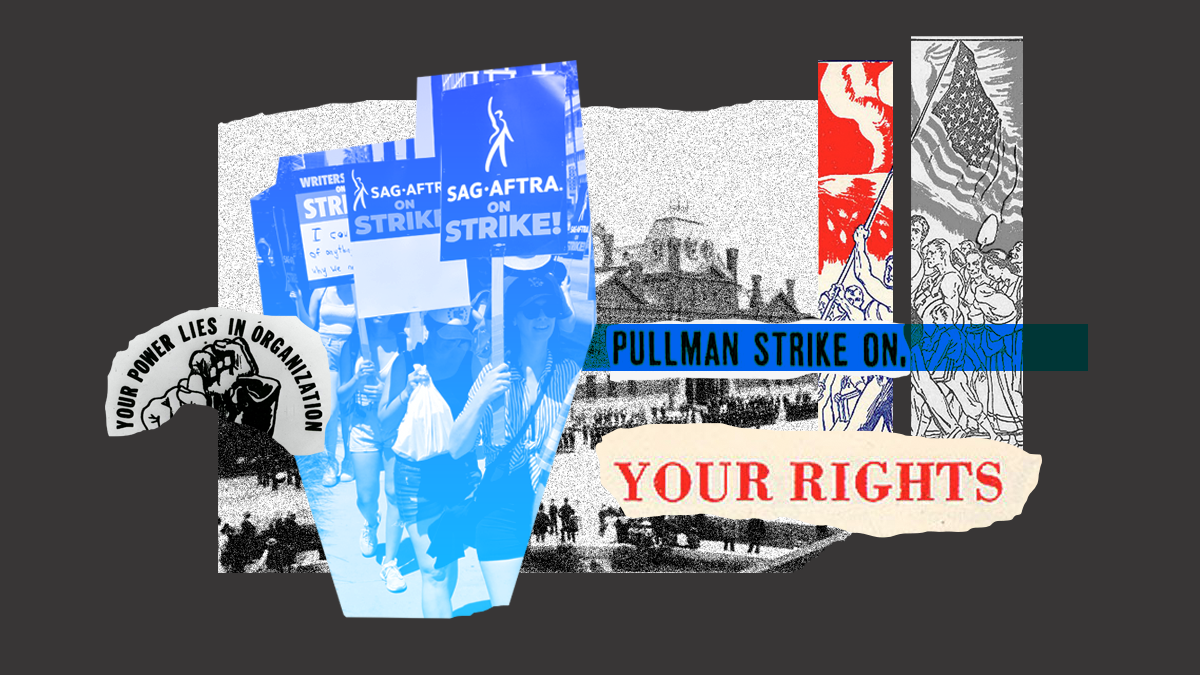Abortion rights, women of color, and LGBTQIA+ people are under attack. Pledge to join us in fighting for gender justice.
Protecting Front-Line Workers During COVID-19: OSHA and More


Who are some of the COVID-19 first responders most in danger of infection and in need of increased workplace protection right now? Largely women working as health care workers, like nurses, as well as home health aides who tend to elderly or sick patients. According to the Bureau of Labor Statistics, 75 percent of people who work in hospitals are women, and 88 percent of psychiatric, nursing, and home health aides are women. And many are people of color. For instance, a majority of the direct care workforce, like home health aides and nursing assistants, are people of color.
Many of these health care workers and home health aides have already been working for weeks exposed to people with suspected or presumptive COVID-19. Our government should be prioritizing the health and safety of our health care workers, home health aides, and other frontline workers so they can stay healthy and on the job. The Families First Coronavirus Response Act that Congress just passed includes some important measures to provide paid sick days and other supports during this crisis, but there is much more that our government and employers can and must do.
One essential step is for the Occupational Safety and Health Administration (OSHA) to create an emergency temporary standard (ETS) on infectious diseases to keep front–line workers safe on the job. Without an ETS, employers lack mandatory requirements to implement an infection and exposure control program to provide protection to health care workers from COVID–19. Infection and exposure control programs outline procedures for everything from the use of protective equipment like gloves, masks and gowns to safe staffing, how many patients should be in rooms together, how laundry and textiles should be cleaned—and much more.
House leadership proposed including this requirement in the Families First bill, but the American Hospital Association, along with other industry lobbyists and Republican lawmakers successfully lobbied to keep it out of the legislation that ultimately passed—an omission that could cost workers’ lives.
OSHA is the agency within the Department of Labor that is responsible for ensuring safe workplaces and providing training and education to workers and employers across the country. OSHA inspectors have the power to go to worksites and stop all work or fine businesses because of unsafe conditions. OSHA also creates standards so that workers and employers understand what those unsafe conditions look like and know what measures are necessary to protect workers. But right now, the agency’s infectious disease standard is inadequate to help health care workers guard against viruses like COVID-19—and the Trump administration halted OSHA’s work on a new standard in 2017.
Health care workers, first responders, and more need OSHA’s guidance and protection now more than ever. OSHA can and should issue an ETS to protect these front–line workers on its own, but if it will not, Congress must make sure that the next coronavirus response package orders OSHA to do so. We must ensure that all women—and indeed, all workers—on the front lines of COVID-19 have adequate protections to keep themselves healthy while they keep the rest of us healthy.





